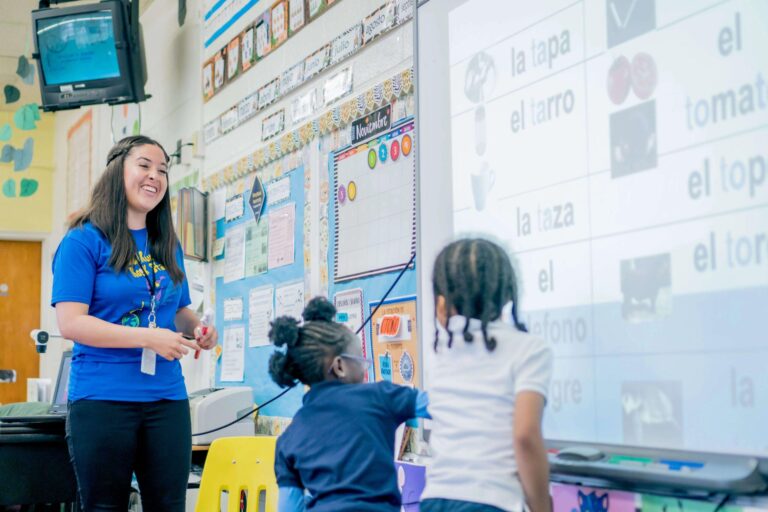Introduction
Teaching abroad is not just an opportunity for personal growth; it is also a pathway to promote equity in education worldwide. The global education system faces numerous challenges, particularly in underserved communities. By teaching in different countries, educators can help bridge the educational divide.
The Importance of Cultural Exchange
Cultural exchange plays a crucial role in shaping equitable educational experiences. When teachers immerse themselves in new cultures, they bring back valuable insights and perspectives. This exchange fosters a more inclusive environment and can enrich the curriculum back home.
Empowering Local Communities
Teaching abroad often involves working closely with local educators and students. By sharing teaching strategies and methodologies, expatriate teachers empower local communities. This collaboration results in sustainable educational practices that benefit future generations.
Challenges and Solutions
While teaching abroad can be rewarding, it also presents several challenges. Language barriers, cultural misunderstandings, and resource limitations can hinder effective teaching. Recognizing these challenges is critical for developing effective solutions that promote equitable educational opportunities.
Building Partnerships for Equity
Establishing partnerships between schools in different countries can enhance the teaching abroad experience. These collaborations enable resource sharing and professional development opportunities for educators. Ultimately, they contribute to a more equitable global education landscape.
Conclusion
teaching abroad stands as a pivotal form of equity in education. Through cultural exchange and collaboration, educators can make a lasting impact on underserved communities. For a deeper understanding of how teaching abroad fosters equity, check out this insightful article: Teaching Abroad: A Form of Equity.

